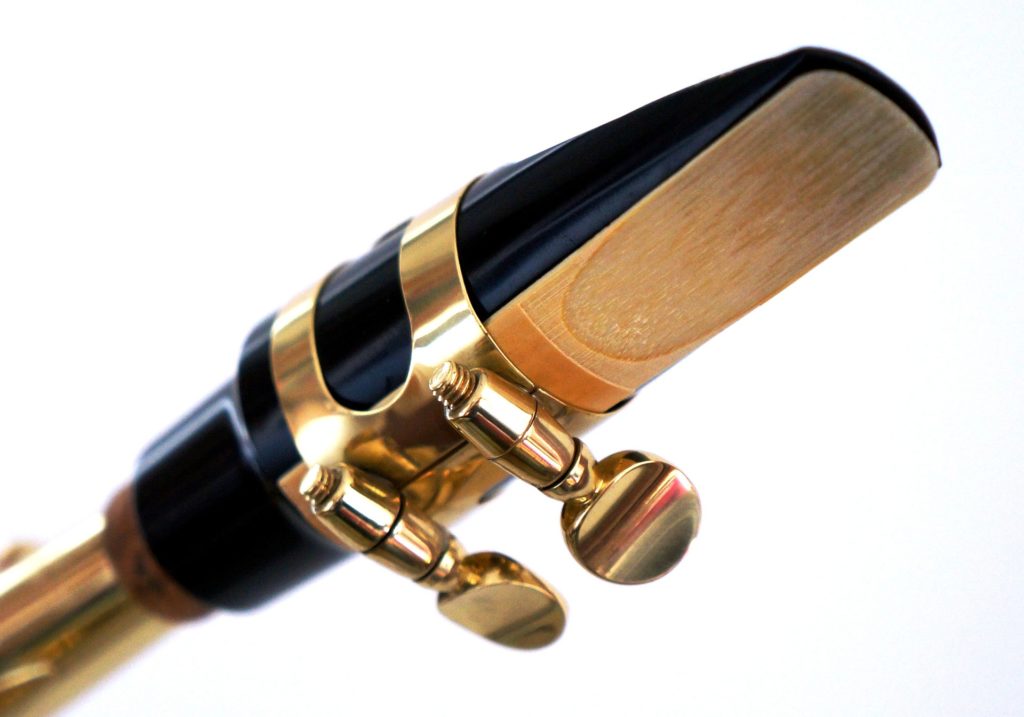Posts Tagged ‘Tenor Saxophone Technique’
Excerpt – An Alexander Technique Approach to Tenor Saxophone Technique (Musicians)(Psychology)(Pain)(Strain)(Injuries)(Posture)(Albuquerque)
This ebook, An Alexander Technique Approach to Tenor Saxophone Technique, is published on this website in a PDF format. It is very detailed and practical, and it will give you the physical tools you need to take the limits off of your ability to create the accurate saxophone technique you want without sacrificing your body.
This ebook is also for sale on all AMAZON websites in a KINDLE format.
Located in Albuquerque, New Mexico, U.S.A. (MOVEMENT THERAPY)
When a saxophonist plays the saxophone, the odds are he is doing too much in his arms. “Doing too much” in the Alexander Technique means he is using too much muscle to play the saxophone. How this shows up in the hands and arms, is that the space between all of the joints of the arms, hands, and shoulder joints is reduced. In other words, the bones are pulled closer to each other by the over-working musculature at all of the joints of the arms and the fingers.
Because the saxophone is in a set relationship to the body, and the hands play the same keys, then this excess tension in the arms is static/stationary tension. So, the joints of the arms aren’t changing their relationship to each other, and when there is too much tension, then you are essentially playing the saxophone as if you were doing isotonic exercises for hours. An isotonic exercise is where you tense a muscle without any movement, like pushing against a wall, with the intention of strengthening the muscle. I can’t think of a worse way to strengthen a muscle or play the saxophone.
When there is too much muscular work going on in the fingers, and since there is constant movement in the saxophone player’s fingers, you are moving fingers with joints that are being compressed together as you play. This is the equivalent of tensing your muscles before you lift weights. I can’t think of a worse way to lift weights, because you are contracting and immobilizing the muscles before you move them, and this is one of the main reasons weightlifters get constantly injured.
What if as you played the saxophone, you focused on discovering how little muscle you needed to activate to play the instrument? Simply, think of arms, hands, and fingers lengthening to the saxophone as you play. As you play be aware of how released the upper arm and lower arm and hands and fingers can be when you play.
If you are using too muscle in your hands and arms to play, then you will experience the arms and hands as hard, so if someone touched your arms, they would feel the tension in your arms. If you look at your fingers and hands in a mirror, and you are “doing too much”, you will see the rigidity in your fingers and hands.
It is time to experience how much work you are doing in your arms and hands as you play, rather than being unaware of the level of over-muscling you’re doing. When a saxophone player is only focused on getting the music out of the instrument and treats the hands and arms as a means to an ends, then she is not connected to the hand and arms. She is bossing them like an athlete who has no awareness of how much unnecessary work she is doing in her whole body as she runs, because all of her focus is only on winning.
